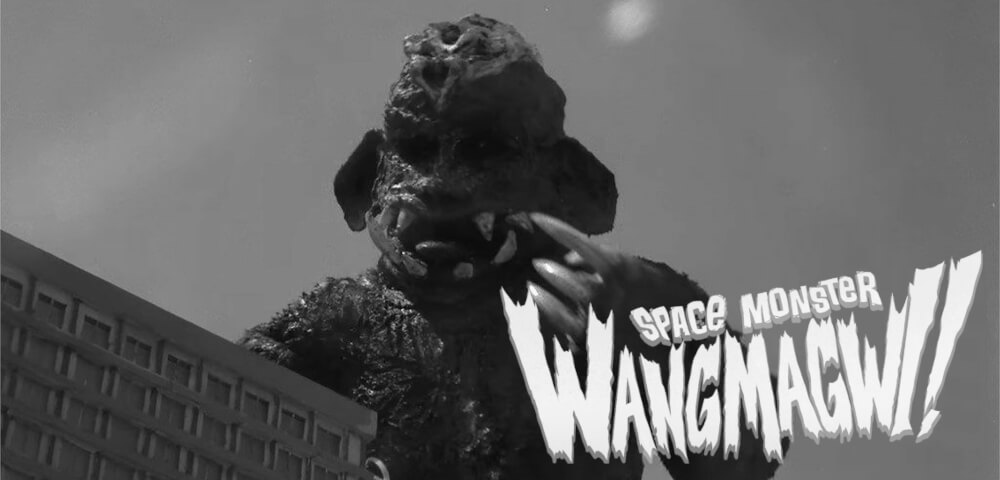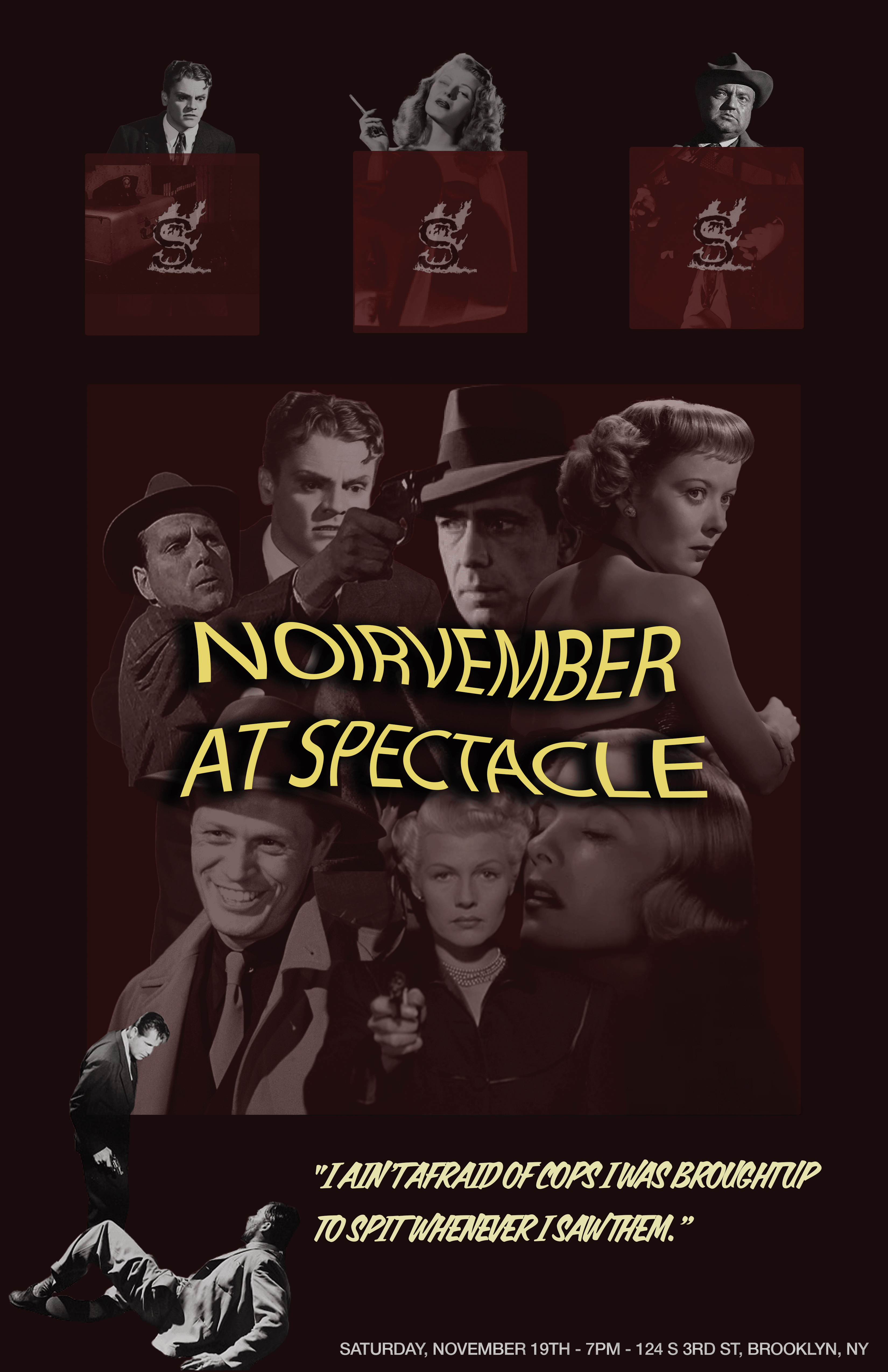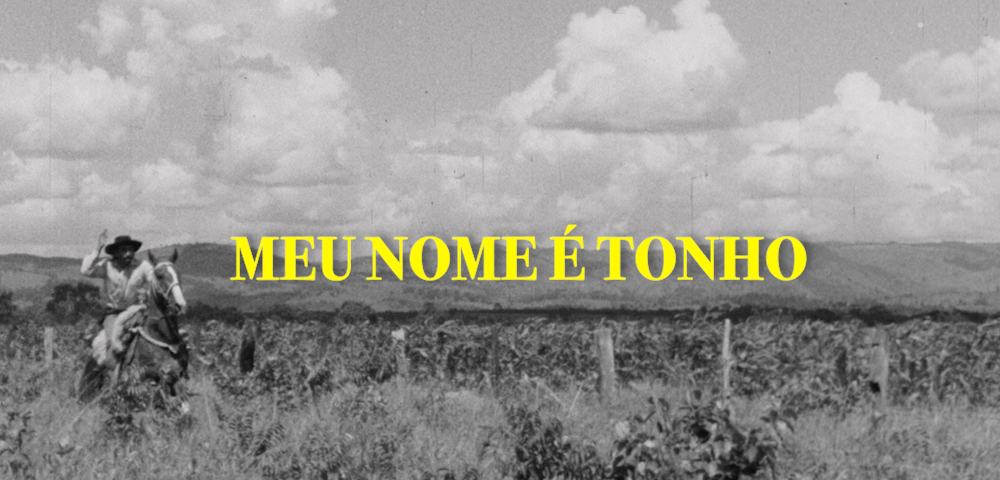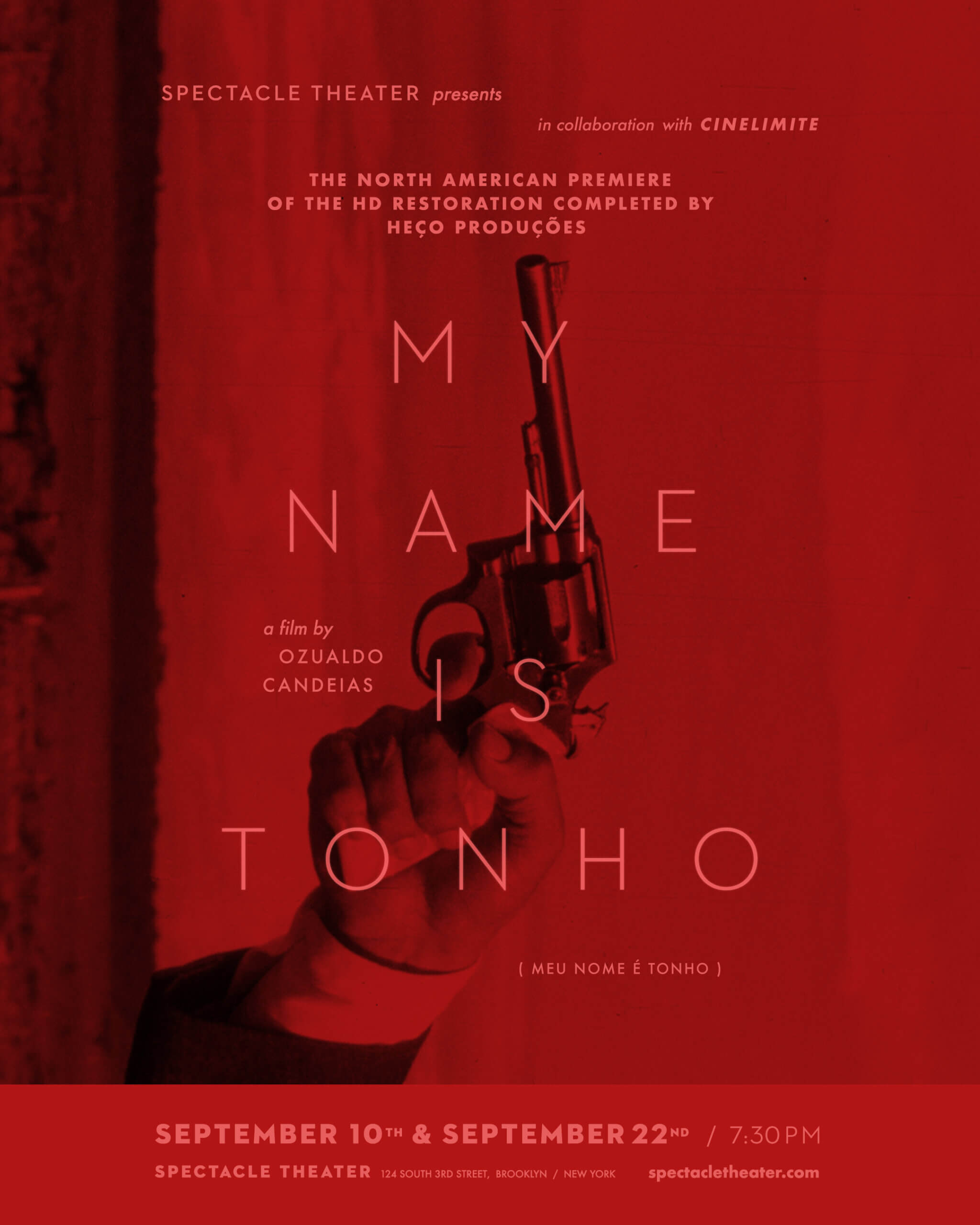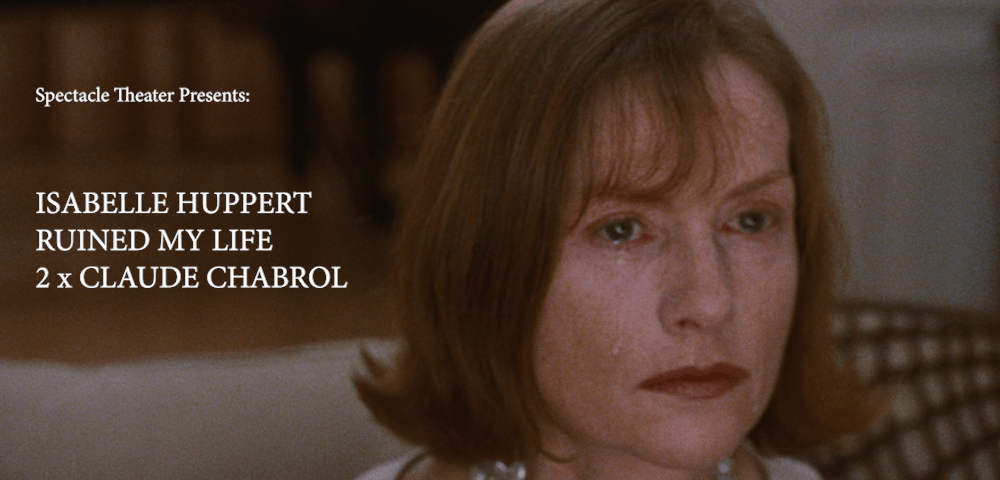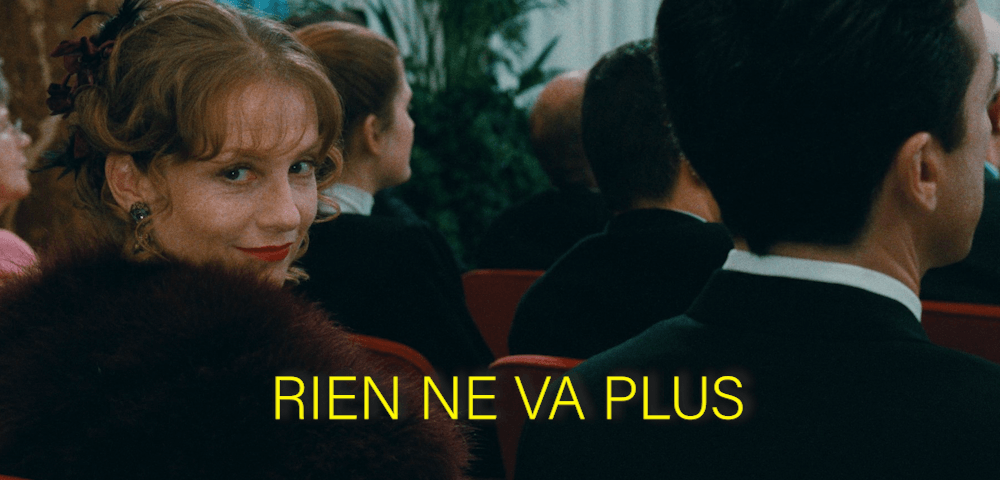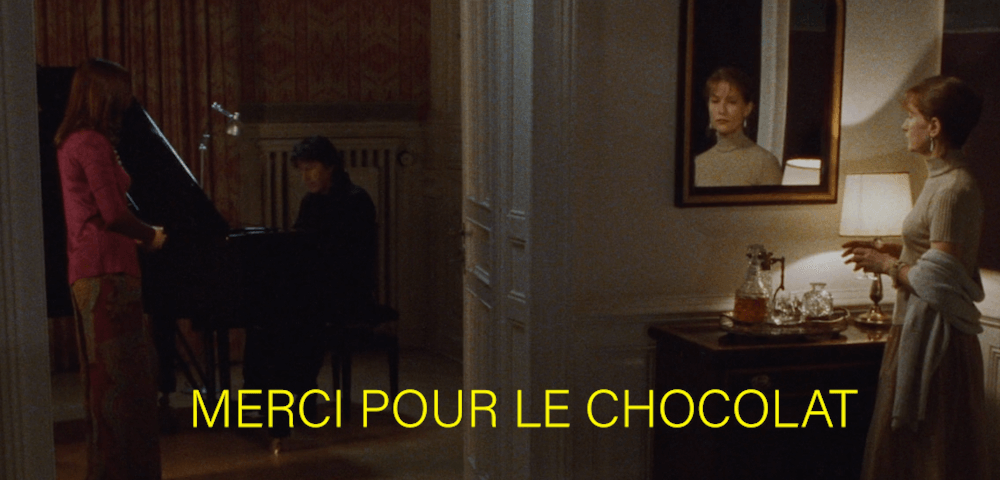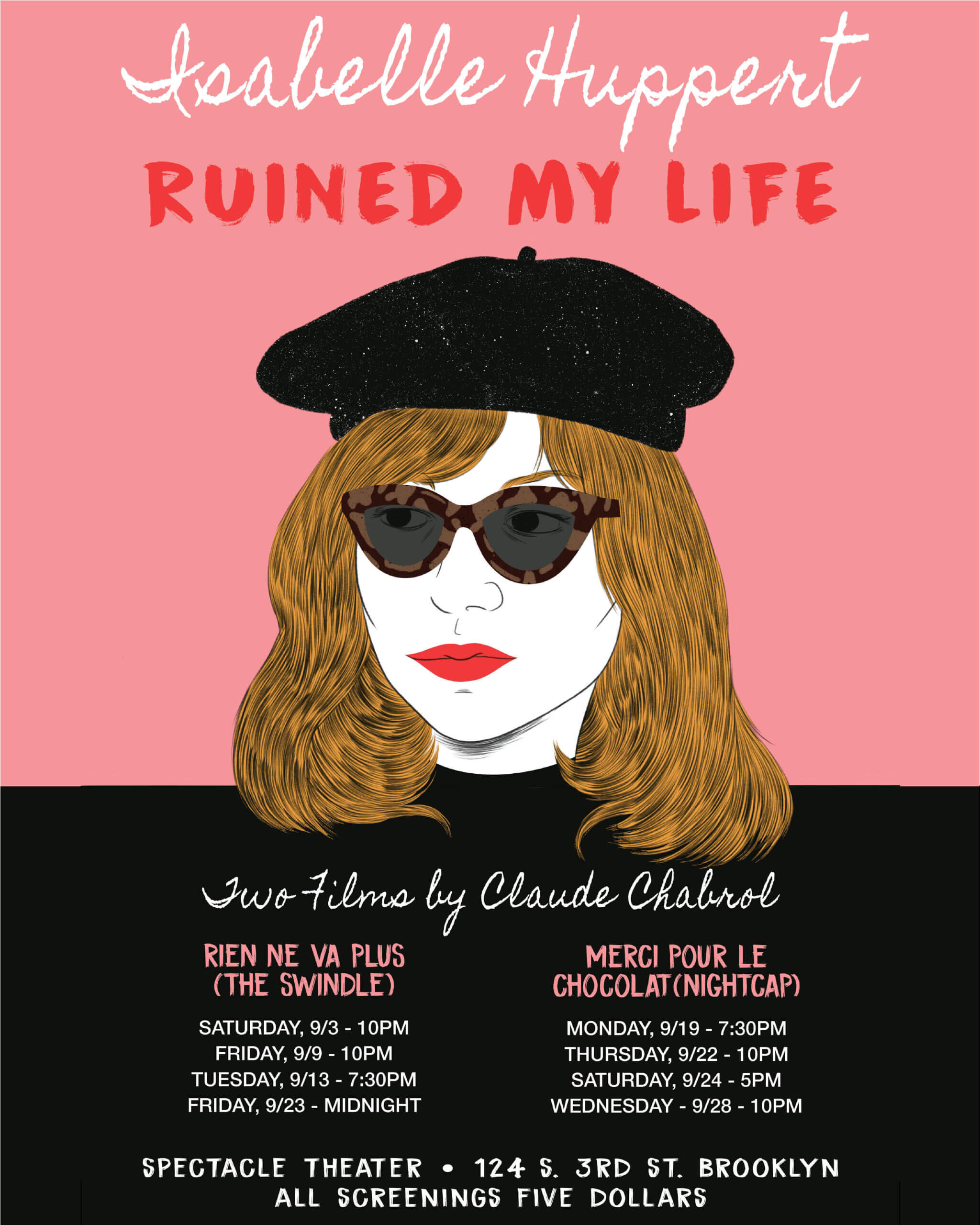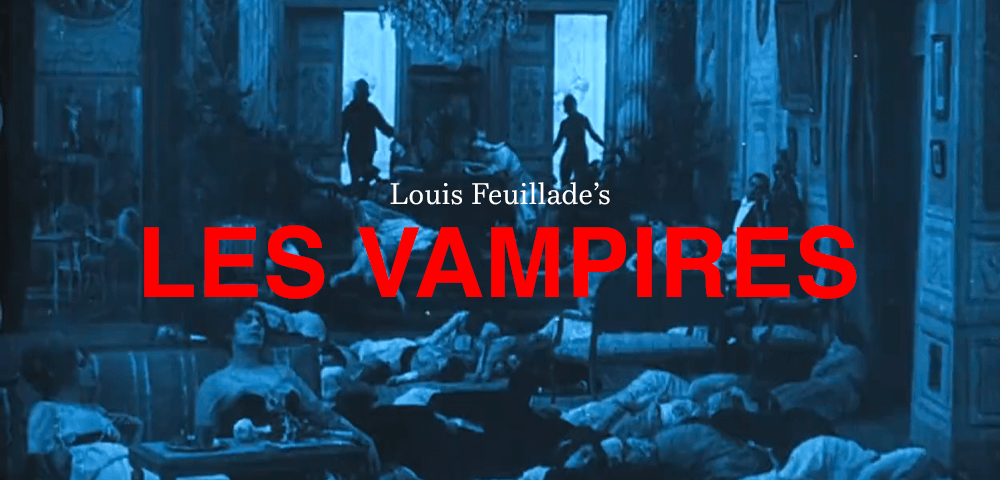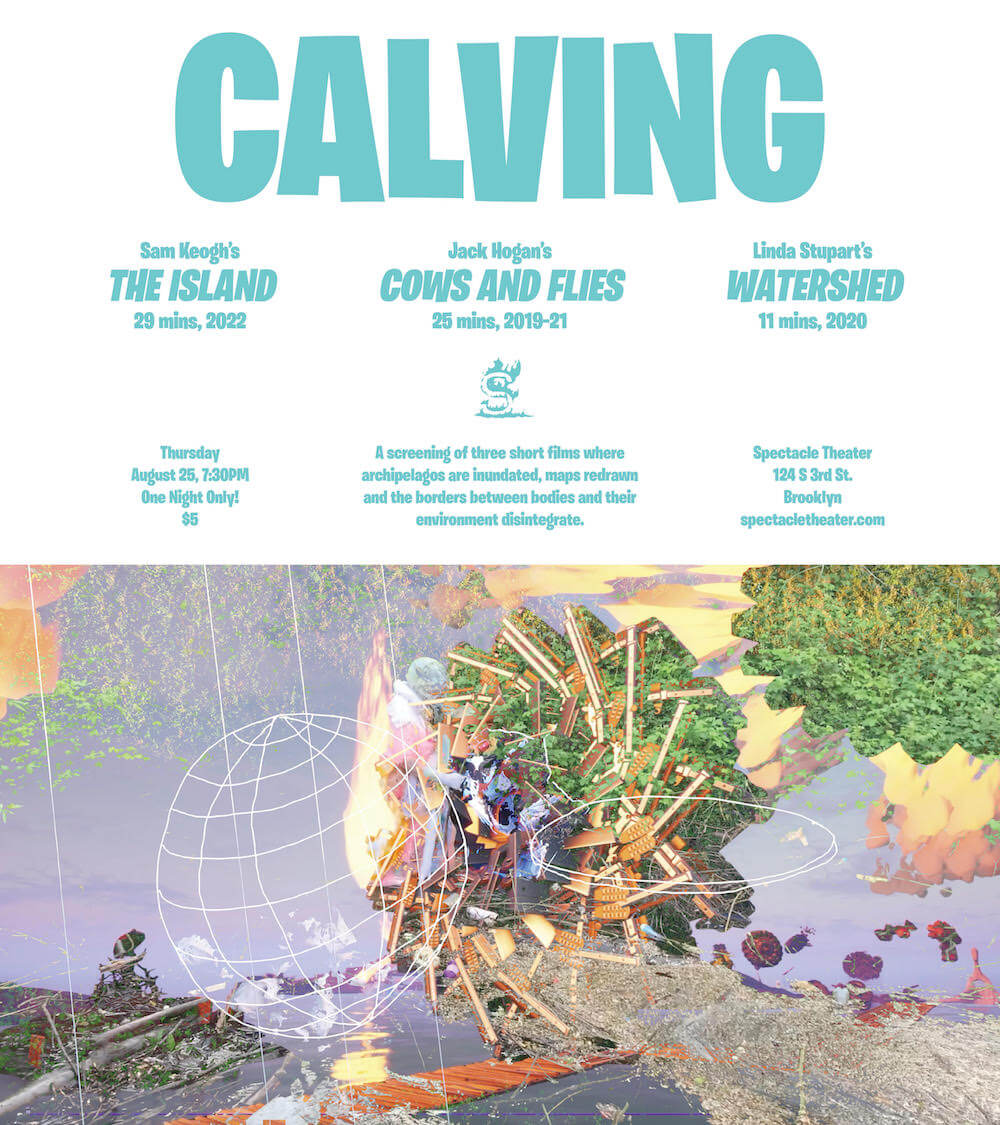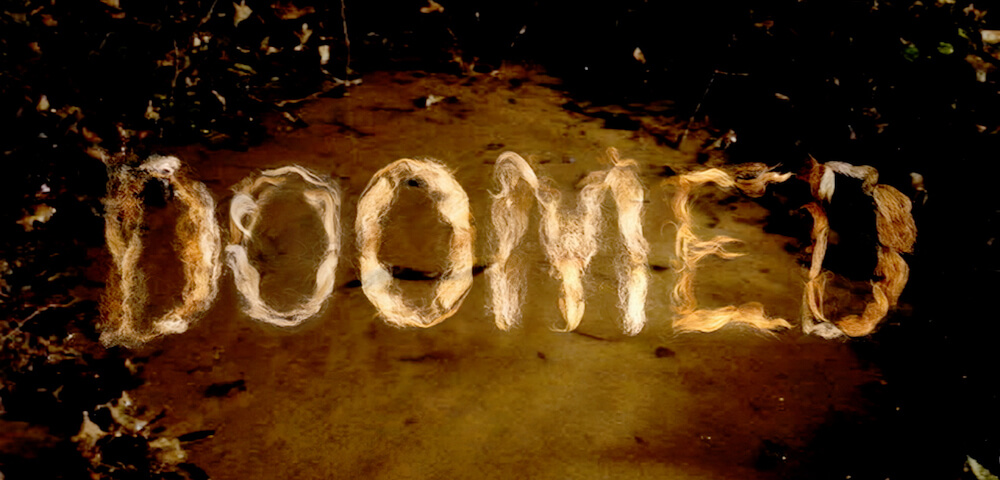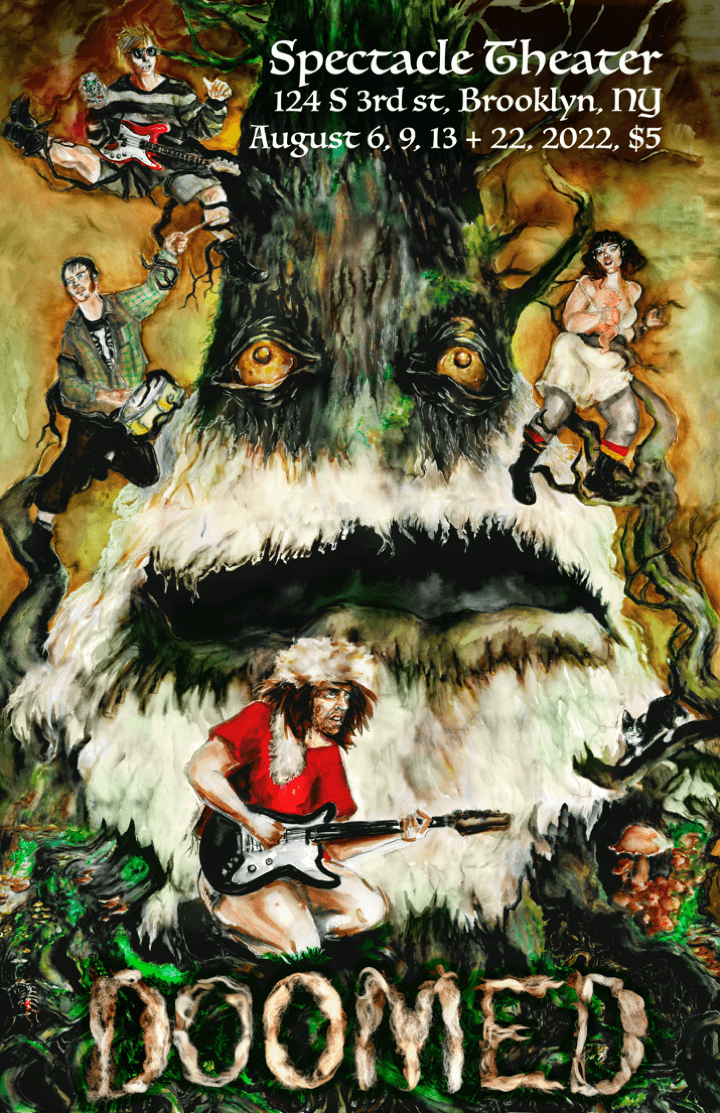
Scottish painter-at-heart and post-surreal feminist Rachel Maclean superpositions herself again and again and again and again into droning, sickly-sweet consumer hellholes. Juxtaposing horror tropes against a Saturday Morning backdrop, focusing on surveillance states, social media irrealities, the devouring of the soul and body, and childhood fantasies gone awry. It would all be so terrifying if it weren’t 110% cute. Spectacle is proud to present the films of Rachel Maclean, shown for the first time in New York City.

FEED ME + IT’S WHAT’S INSIDE THAT COUNTS
Dir. Rachel Maclean, 2015 & 2016
Scotland. 61 min. & 30 min.
SATURDAY, MARCH 4 – 7:30 PM
MONDAY, MARCH 6 – 10:00 PM
WEDNESDAY, MARCH 15 – 10:00 PM
MONDAY, MARCH 27 – 7:30 PM
GET YOUR TICKETS!
FEED ME
Dir. Rachel Maclean, 2015.
Scotland. 61 min.
“Candy coated and colorfully confected, Rachel Maclean’s films skewer the habits and preoccupations of contemporary society. Produced by Film and Video Umbrella, ‘Feed Me’ is her most ambitious and audacious project to date – a checklist of human cravings and failings that doubles as a hypermodern status update on the Seven Deadly Sins, with its swipes at the commercialisation (and sexualisation) of childhood and an equivalent infantilization of adult behavior. Featuring a rogue’s gallery of memorable characters (all performed with extraordinary élan by Maclean herself), ‘Feed Me’ is a starburst shock to the taste buds that leaves you wanting more.” – Steven Bode
IT’S WHAT’S INSIDE THAT COUNTS
Dir. Rachel Maclean, 2016.
Scotland. 30 min.
In a dystopian metropolis fuelled by fevered connectivity, a race of rodents beneath the decaying streets hack the sales messages of a Kardashian-type Demigod, more cyborg than human, a successor to Fritz Lang’s Maria, a Maschinenmensch to rule over the digimash-fed masses. Part Baroque heaven, part post-apocalyptic nightmare, the grotesque, cartoonish figures are seen to share in and compete for attention within a forever connected, corrupt, caffeine marinaded environment where power dynamics are repeatedly inverted and reconfigured.

MAKE ME UP + OVER THE RAINBOW
Dir. Rachel Maclean, 2018 & 2013
Scotland. 45 min. & 42 min.
THURSDAY, MARCH 2 – 7:30 PM
THURSDAY, MARCH 16 – 10:00 PM
MONDAY, MARCH 20 – 7:30 PM
SATURDAY, MARCH 25 – 10:00 PM
GET YOUR TICKETS!
MAKE ME UP
Dir. Rachel Maclean, 2018.
Scotland. 69 min.
Siri wakes to find herself trapped inside a brutalist candy-coloured dreamhouse. Despite the cutesy decor, the place is far from benign, and she and her inmates are encouraged to compete for survival while being watched over by surveillance cameras, 24/7.
Presiding over the group is an authoritarian diva who speaks entirely with the voice of Kenneth Clark from the 1960s BBC series Civilisation. As she forces the women to go head-to-head in a series of demeaning tasks, Siri, with the help of fellow inmate Alexa, starts subverting the rules and soon reveals the sinister truth that underpins their world.
OVER THE RAINBOW
Dir. Rachel Maclean, 2013.
Scotland. 42 min.
Inspired by the Technicolor utopias of children’s television, ‘Over The Rainbow’ invites the viewer into a shape-shifting world inhabited by cuddly monsters, faceless clones and gruesome pop divas. Shot entirely using green-screen the film presents a synthetic environment, part toy model, part computer generated landscape, which explores a dark, comedic parody of the Faustian tale, video game and horror movie genres.


